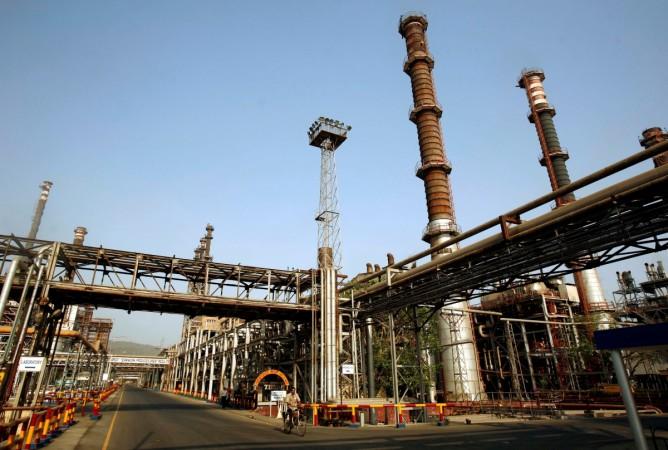
India's state-run refiner Bharat Petroleum Corp (BPCL) has announced impressive quarterly results, exceeding analyst predictions due to decreased costs and a rise in fuel demand. The company's standalone net profit for the quarter ending June 30 more than doubled to Rs 61.24 billion ($700.4 million), outperforming expectations of Rs 57.18 billion as compiled by LSEG.
Revenue from operations saw a 1.2% increase to Rs 1.30 trillion, while expenses dropped by about 2% to 1.22 trillion rupees. Additionally, BPCL reported an 8.8% reduction in the cost of materials consumed, contributing to the improved financial performance.
India, being the world's third-largest oil importer and consumer, experienced an uptick in fuel demand during two out of the three months between April and June. The demand for gasoline and aviation fuel played a significant role in driving this growth. On the other hand, global Brent crude oil prices declined by 9.5% in the April-June quarter due to higher supply and tariff-related uncertainties.

Despite challenges in the market, BPCL, India's third-largest oil refiner by capacity, saw its average gross refining margin decrease to $4.88 per barrel for the quarter ending June 30 from $7.86 per barrel a year earlier. In comparison, peer Hindustan Petroleum Corp (HPCL) recently reported a significant increase in quarterly profit, attributed to reduced expenses.
Analysts have been closely monitoring the performance of both BPCL and HPCL, standardizing ratings to provide a clear comparison. The data indicates the ratio of the stock's last close to analysts' mean price target, allowing stakeholders to make informed decisions.
Overall, BPCL's strong quarterly earnings reflect the company's ability to navigate a challenging market environment while continuing to meet rising fuel demand in India. Investors will be keen to see how these results impact the company's future growth trajectory and market competitiveness.

















